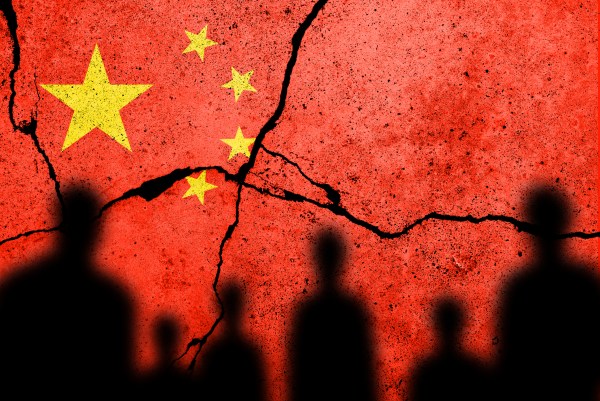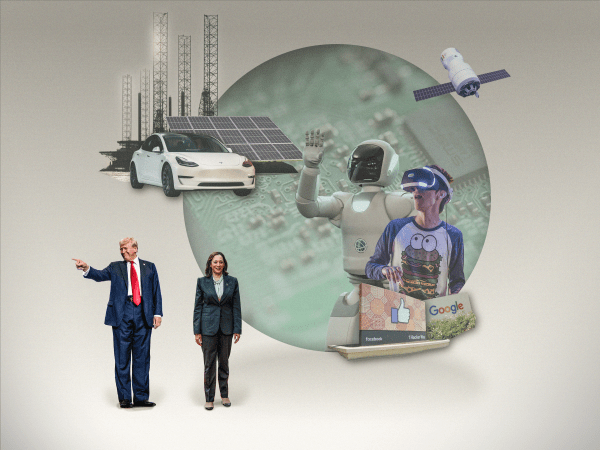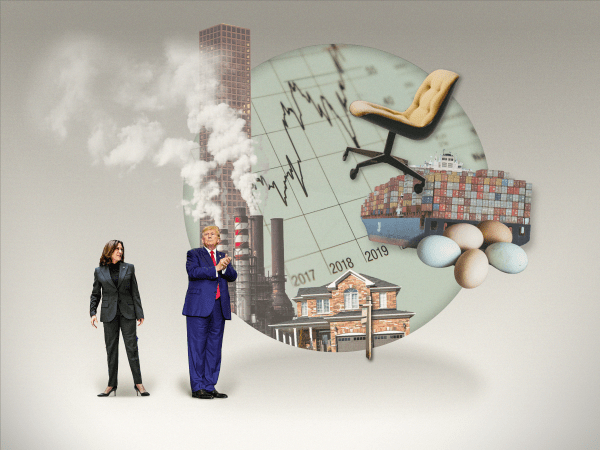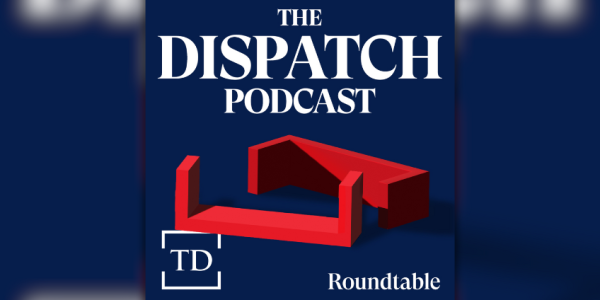Tech behemoths Spotify, Salesforce, Google, Amazon, and Microsoft have joined small Silicon Valley startups in slashing their workforces—to the tune of more than 56,000 workers losing their jobs in recent weeks.
With the COVID-19 pandemic effectively over and the Federal Reserve raising interest rates to cool inflation, a pre-pandemic tech surge is looking more like a bubble—despite the U.S.’s low unemployment rate of 3.5 percent.
The bubble burst fast for people like Jeremy Joslin, a Google software engineer who spent 20 years with the company. His tweets went viral after he said his termination was “a slap in the face” and that he wished he “could have said goodbye to everyone face to face.”
Joslin learned he had lost his job in an early-morning email on January 20 delivered to his personal email address. He thought it looked suspicious. But after being unable to access his work email, Joslin realized it was real.
“It was sort of a slow realization that like I was being terminated that day,” Joslin told The Dispatch. “I had opened up and started the day assuming that I was going to go to work and have a productive day. I had a lot of tasks I wanted to get done before the week ended and all that just sort of stopped.”
About 12,000 other employees of Alphabet, Google’s parent company, had similar experiences this month. Some who didn’t check their email before heading into the office discovered they’d been laid off when their employee badges didn’t get them into the office. Amazon employees were told of firings over email as well, with a mass email on January 18 announcing layoffs were coming, followed by individual emails to those affected.
Three years ago, at the start of a pandemic that sent the world home for work and with interest rates at all-time lows, the tech sector boomed. During the pandemic, Alphabet hired 68,000 new employees, bringing the total workforce to 187,000 in late 2022. “Over the past two years we’ve seen periods of dramatic growth,” CEO Sundar Pichai said when announcing his company’s layoffs. “To match and fuel that growth, we hired for a different economic reality than the one we face today.”
Similar rhetoric abounds: Tech leaders hired large numbers of new employees during the early days of the pandemic to meet demand they thought would stay. They were wrong. Amazon CEO Andy Jassy blamed his company’s planned 18,000 layoffs on “the uncertain economy and that we’ve hired rapidly over the last several years.”
The Fed’s attempts in recent months to slow inflation and cool the economy by hiking interest rates has an outsize effect on the tech industry. A decade ago, tech startups and established companies interested in growth could easily obtain loans with low interest rates thanks to the Federal Reserve’s 0.125 percent federal funds rate—the interest rate for loans between banks. Many tech companies go years before becoming profitable and get by while losing money because investors see a strong possibility of long-term profit.
Loans fueled fast expansion, which attracted investors, which led to even more rapid growth and greater market shares. It all accelerated when the pandemic caused the world to lean on tech products and platforms even more. Now markets have returned to some semblance of normalcy, with the targeted federal funds rate at 4.35 percent.
Though the tech industry is tightening its belt, experts say this isn’t necessarily a harbinger for general economic woes to come.
“Tech is in a tailspin, but the overall economy is still healthy by most measures,” Tom Eisenmann, professor of business administration at Harvard Business School and author of Why Startups Fail, told The Dispatch. “Despite that, consumer confidence is clearly rattled. It’s difficult to read the tea leaves (or entrails, if you prefer) to see where this economy is headed.”









Please note that we at The Dispatch hold ourselves, our work, and our commenters to a higher standard than other places on the internet. We welcome comments that foster genuine debate or discussion—including comments critical of us or our work—but responses that include ad hominem attacks on fellow Dispatch members or are intended to stoke fear and anger may be moderated.
You are currently using a limited time guest pass and do not have access to commenting. Consider subscribing to join the conversation.
With your membership, you only have the ability to comment on The Morning Dispatch articles. Consider upgrading to join the conversation everywhere.